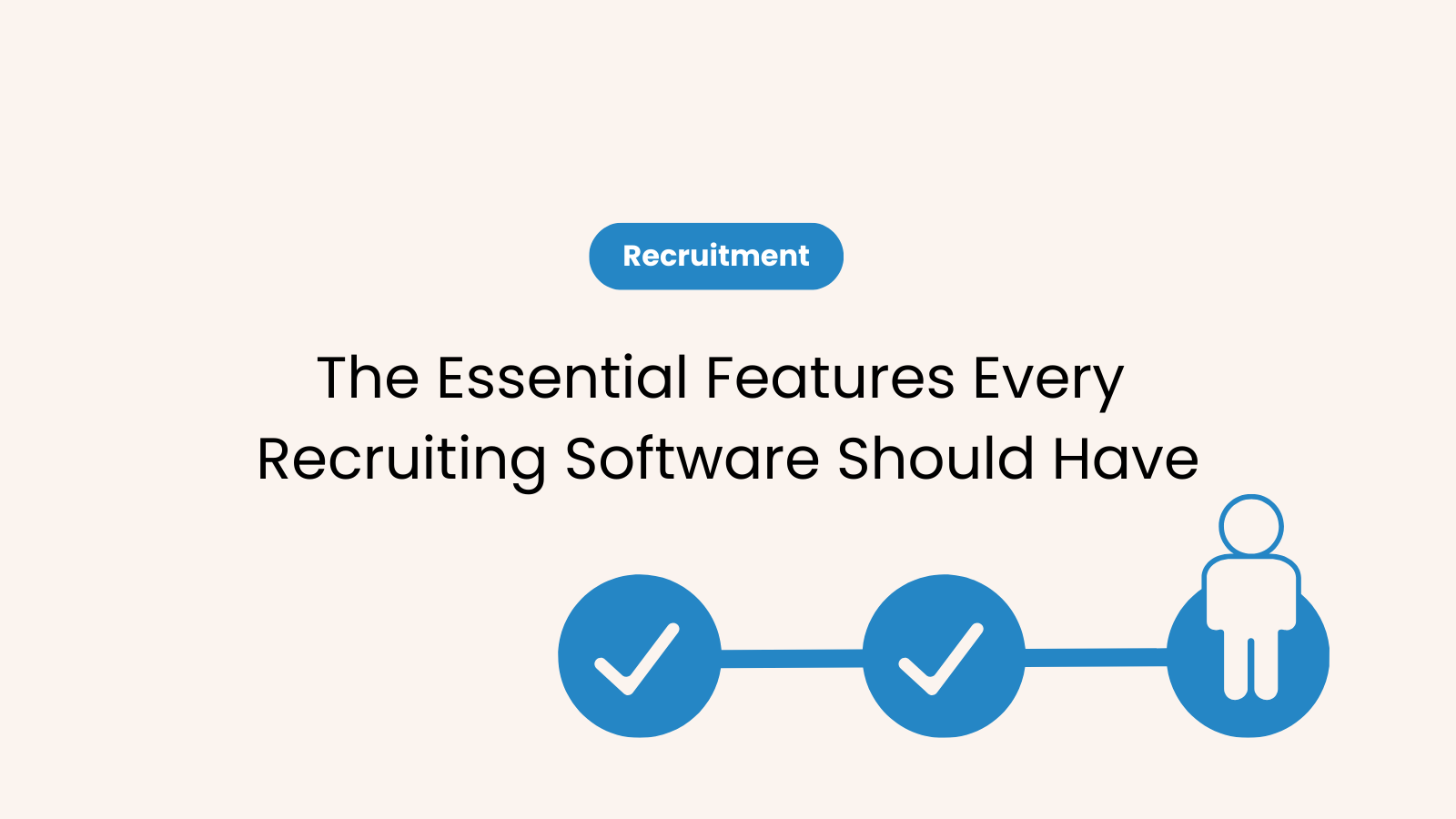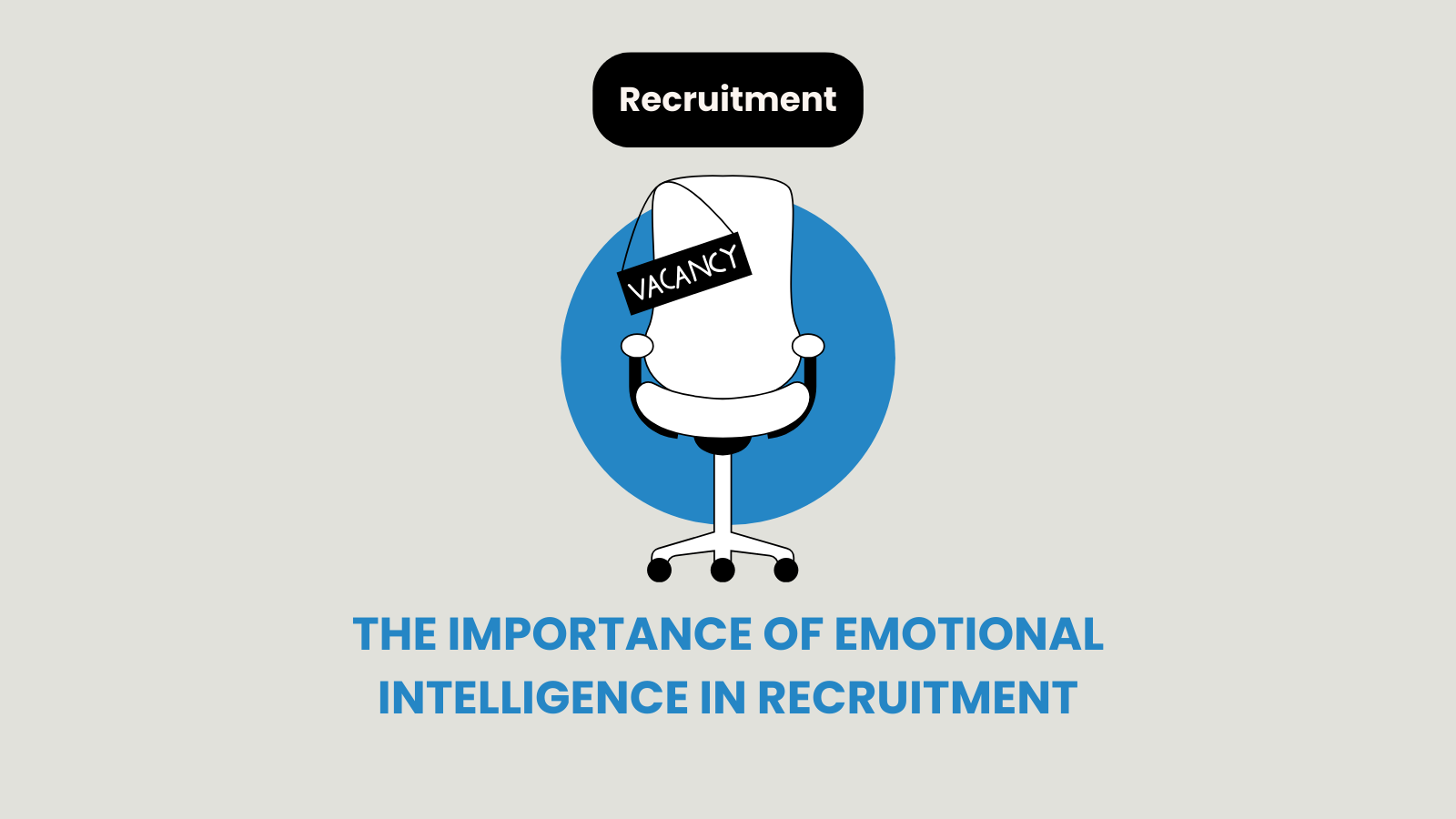Imagine a job that pays well, in fact very well, a position that allows you to spend weeks at a time bonding with your family or relaxing on international vacations, where your private and work life are two completely separate things. Sounds too good to be true, doesn’t it?
What does fly in-fly out mean?
Fly in- fly out (often referred to as FIFO) is a method of employment that requires employees’ temporary flying out to remote areas for work. This method is used mostly for hiring miners to work in Australia or Canada. It is a lifestyle that consists of working extended hour shifts on worksites for many consecutive days and then flying back home to rest. The shifts vary in days on worksite and days off, but the ratio is usually 8/6, 9/5, 14/7, 14/14, or even three weeks on and one week off. Some studies claim that the maximum that employees can work efficiently is 12 hours a day for eight days consecutively. If your shift covers a national holiday, you will have to work on that day as well.
This kind of lifestyle isn’t for everyone. It can get stressful for someone with a family; as a matter of fact, most people who take this kind of a job are fathers trying to provide for their families. Why doesn’t the employer move the whole family to live near the worksite, you ask. There are many reasons.
The top two most important ones: it would be much more expensive for the companies (high real estate prices, housing shortages) plus these jobs are not permanent (for example, the mine will be closed after it had been extracted). A similar type of employment is the drive in-drive out method (DIDO). It has pretty much all the same advantages and disadvantages as FIFO does; the only difference is that the workers are moved to the worksite by car.
This method is, as we mentioned, mostly used for working in oil fields and working for mining companies. Still, it can be used for all kinds of jobs: catering and food services, accommodation management, facilities management… But, we will mostly talk about the use of the fly in-fly out method in remote pair programming.

What is remote pair programming?
First of all, let’s explain what pair programming is. It is an agile software development technique where two programmers work together on one station, on one keyboard discussing the problems and consulting each other along the way. Software developers frequently switch (every 30-40 min) and take turns writing on the keyboard. The person writing the code is called the driver, and the person coming up with ideas and overlooking the code, giving constant feedback, is called the navigator or the observer. There are many benefits to this kind of working besides fixing mistakes as they are made. Having a partner that is as invested as you are can help in finding solutions for problems more quickly. It can expand your skillset and knowledge, especially if you are working with someone who will be teaching you along the way ( a mentor). Also, it can improve your communication skills while having more fun, not feeling lonely, and being happy and productive.
But what happens when your coding partner is somewhere else in the world? If two software developers are working on different computers at different locations in the world, then that is REMOTE PAIR PROGRAMMING. It is also called virtual pair programming or distributed pair programming. Coding partners will use a collaborative real-time editor or some software that allows them to share a screen and talk to each other. They can use video calls (Skype, Google Hangouts, Slack, Zoom…) so the navigator can see what the driver is typing. Needless to say, it is more complicated than face to face pairing.
One of the difficulties might be coming up with a proper schedule if you are in two different time zones, but it is the right solution when you are working with someone thousands of miles away. This is where the fly in-fly out method comes in handy. Real-time and face to face communication are very important for working efficiently. Coding partners will fly out to see each other for the team get-togethers, they will find accommodation and spend their time mostly working hard and trying to make the time that they have as productive as possible.

What is a worker’s life like?
If you were even considering taking a job this demanding, you should know as much as possible.
As we said, this is more of a lifestyle than a typical ‘’Monday to Friday’’ job, it requires sacrifices, and it is not for everyone. It is sometimes filled with stress and anxiety. You would be temporarily moving to another place filled with people you do not know where your days would consist of working, eating, and sleeping.
There is no need to remind you that workers do not get to see their families for days, weeks, sometimes even months. That kind of distance can affect relationships, and you could potentially be missing out on essential things such as birthdays, kid’s school achievements, anniversaries, or events. Of course, they would be flown out back home in case of emergency (sickness, injury, death of a family member, etc.). Children of FIFO fathers often have separation anxiety, which leads to emotional suffering, and that may lead to some bad behavior. However, studies show that these children do better in school because this gives them a little push to succeed academically, but they are more likely to get bullied.
The employees’ mental health also suffers. Studies have shown that as a coping mechanism to stress and anxiety, these people are more likely to take on substance abuse (drugs, alcohol, cigarettes), have mental illnesses (depression), and disrupted sleeping schedules because of tiring shifts. This way of living can test your mental health.
Pros of fly in-fly out method
Of course, a job that carries so many disadvantages must come with excellent advantages as well. The first, the most obvious one, is money. Fly in-fly out workers earn big wages. Salaries for remote software developers are around 113.000 dollars a year, while regular software developers earn around 70.000. Keep in mind that the average salary in the USA is about 48.000 dollars. Though they should keep in mind the fact that those jobs are not for life, they are not permanent. So, it would do you well to save some of that money.
Another advantage of this kind of employment is that your work life and personal life are two completely separate things, which means that your time off, meant for resting and relaxing, can be used in endlessly creative ways. You could travel internationally, use this time to be productive and learn new skills and languages, do sports, etc. Obviously, the majority of workers will use this quality time to reconnect and bond with their families, friends, loved ones. Enough said you can skype or talk to your family and friends almost anytime you’d like while you are on the worksite, you are also bound to meet some incredible people and make new friends.




